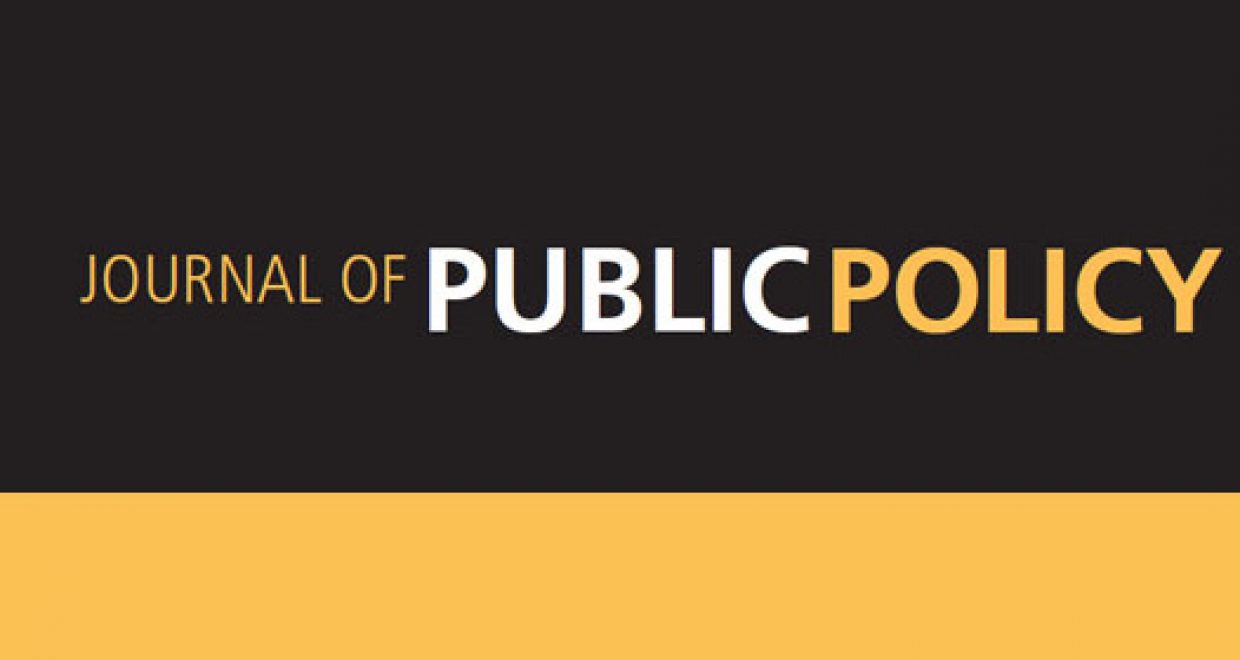How Policy Packaging can increase public support for costly policies
Around the world, policy-makers are confronted with various challenges originating from climate change, urbanisation, population growth, as well as technological and economic change. While options to respond to these challenges are manifold, a selection involves a trade-off that results in a dilemma. While some policies may be better suited than others to achieve their respective policy goals, these potentially more effective policies often receive minimal public support. Because far-reaching policies are essential in solving pressing problems but fail to gather sufficient public support, enacting and implementing such policies is extremely difficult, if not impossible. Therefore, this dilemma leads policy-makers to adopt policies that are preferred by a majority of voters but fail to address the policy challenge effectively and efficiently.
In a recent contribution to the Journal of Public Policy, we argue that a possible strategy to mitigate the dilemma between problem solving effectiveness and public support is policy packaging. Policy packaging describes an appropriate combination of different policy instruments that aim at one particular policy goal and consist of at least one primary measure aimed at the main policy goal, as well as at least one ancillary measure that increases public support and indirectly strengthens the respective policy package goal. While examples of primary measures include tighter emission labels for cars and car admission taxes, ancillary measures include campaigns that aim to inform the public about the rationale behind specific primary measures or earmarking tax revenues for research on fuel-efficient cars.
Specifically, we argue that support for primary measures depends on their costs. Command-and-control measures receive more support than market-based instruments, as costs are less obvious. Combining primary and ancillary measures can increase public support beyond the support for the primary measure. This is because ancillary measures provide information on the rationale of a policy (for example via information campaigns), help understand the functioning of a policy (for example via test-trails), or increase legitimacy of the package by including experts.
We tested these arguments using data from a conjoint experiment embedded in a nationally representative sample of 2,034 Swiss citizens, which focused on policies that promote electric vehicle adoption and vehicle emissions reduction. Participants were confronted with different policy packages that included both primary and ancillary measures. The four primary measures included were (i) stricter energy labels, (ii) banning high emission cars from registration, (iii) road pricing, and (iv) an emission dependent car tax. The three ancillary measures considered were (i) an information campaign, (ii) a test phase, and (iii) the involvement of experts. In addition, we incorporated revenue use and year of implementation.
Swiss transport policy is particularly interesting due to limited space availability and the country’s direct democratic tradition. According to ten interviews with transport experts and policy-makers familiar with the Swiss case, implementing policy measures is even more difficult due to the comparatively high purchasing power in combination with low-price elasticity of mobility demand. Thus, financial policy measures must be far-reaching for steering effects to be visible.
Our findings provide new insights on how to implement contested policies. In particular, the empirical analysis suggests that the inclusion of ancillary measures can directly increase public support for policy packages. Various challenges and limitations require innovative and novel problem-solving approaches that allow for an energy and transport transition. These insights may, therefore, help inform policy-makers on whether or not to design policy interventions in the form of larger policy packages. In addition, our results point out the potential positive and negative implications of specific policy measures that could unfold within policy packages.
– Michael Wicki, Robert A. Huber, and Thomas Bernauer
– The authors’ Journal of Public Policy article is now available free of charge until the end of January 2020.





